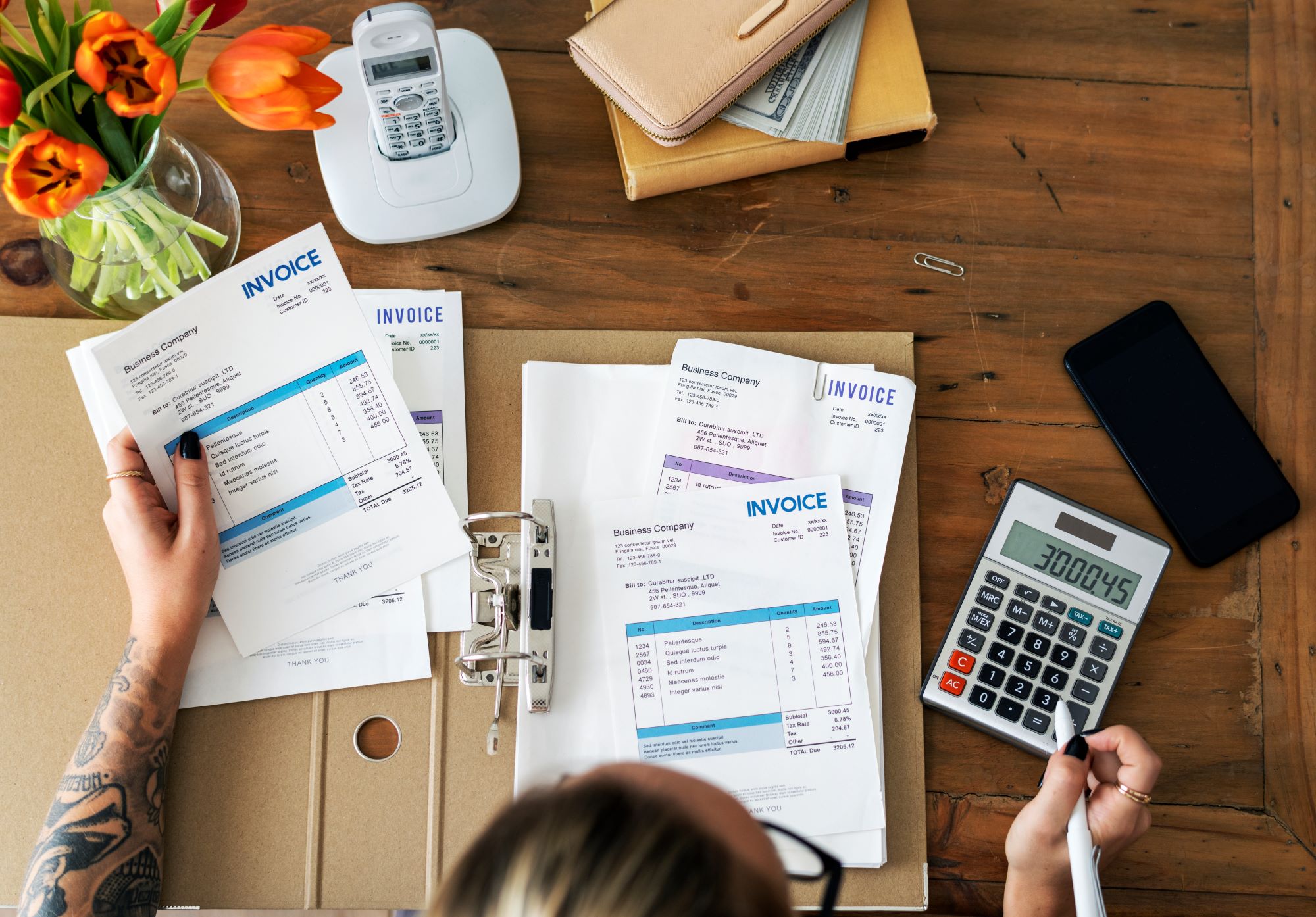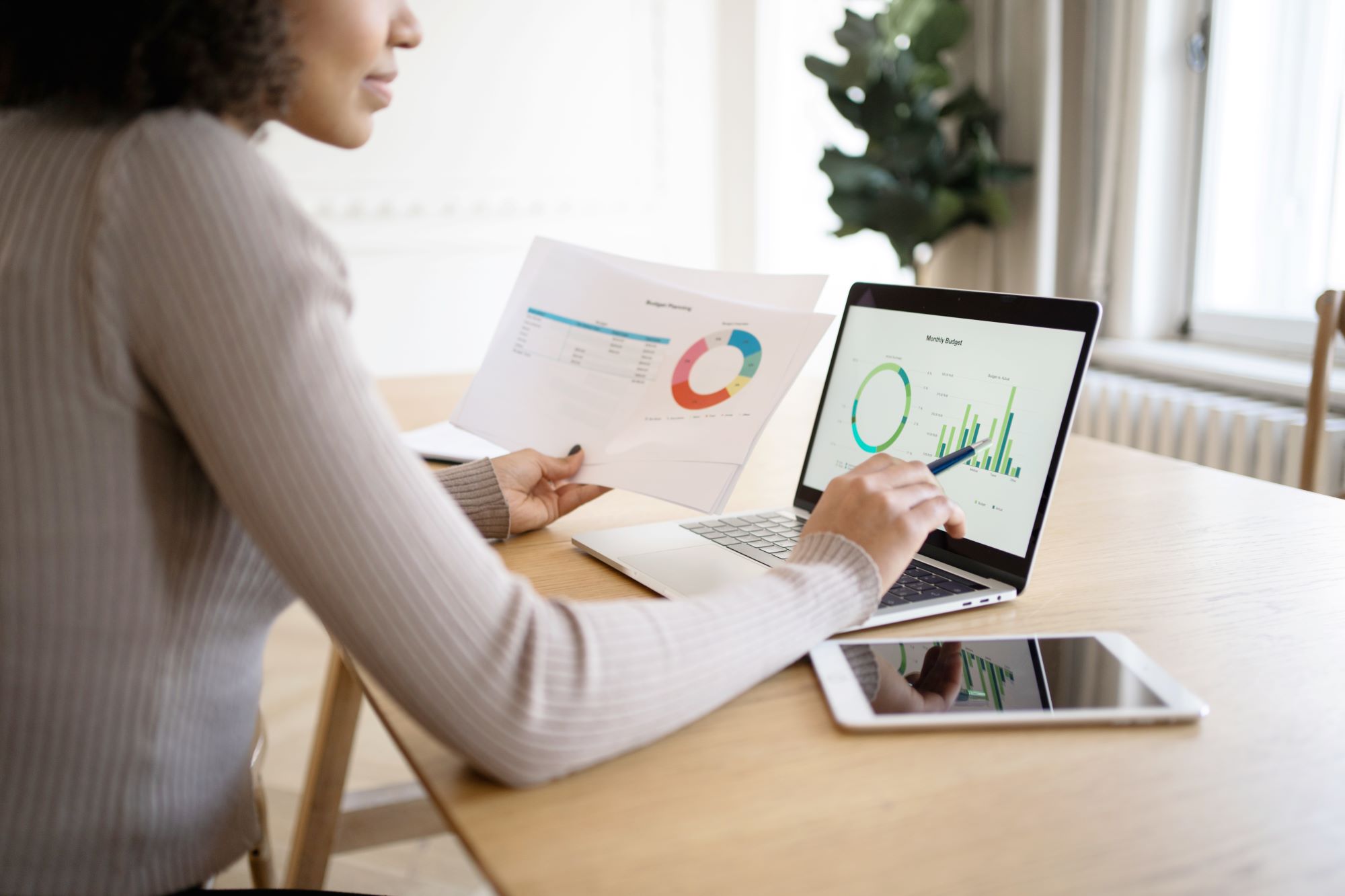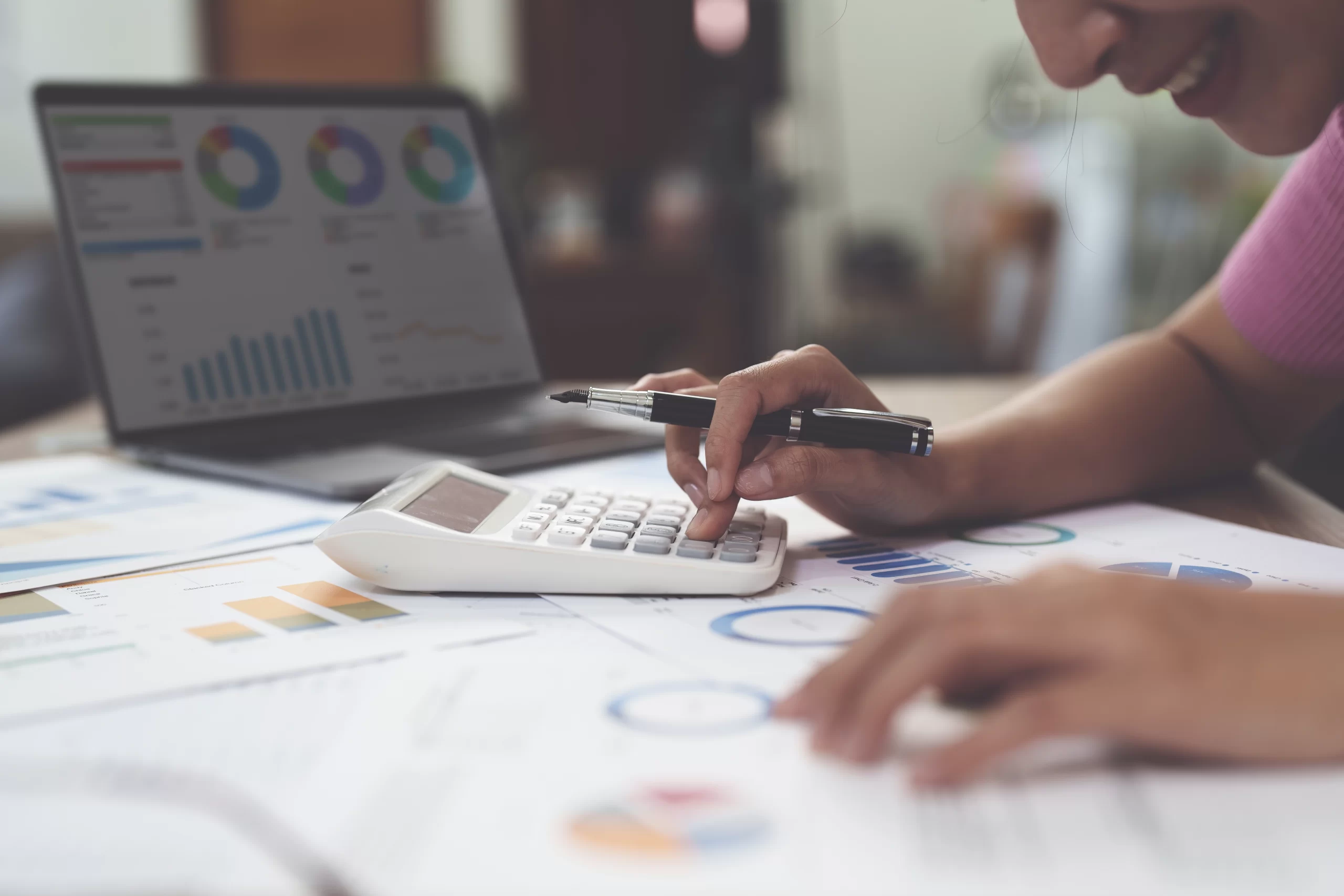
Understanding The Accounting Cycle For Your Small Business
The accounting cycle, also referred to as the accounting process of the bookkeeping cycle, is a bookkeeping process that involves converting your business’s raw data into financial statements for a particular period.
When you talk about the accounting cycle for your business, you could be referring to its financial data for a particular month, quarter, or even year.
While you can capture the raw data manually in books, Excel, and Google sheets, technology has revolutionized the process over the years.
Accounting software makes this process simpler, especially if you have little to no training in accounting. That way, your small business can take advantage of this less sophisticated process to produce financial statements that are crucial in decision-making.
As a small business owner, you are provided with accurate data on your business’s profitability, debt load, and cash flows.
Are you looking for accounting software? The Best online accounting software for SMEs
Steps In The Accounting Cycle
Steps in the accounting cycle depend on the bookkeeping method you adopt, accrual basis, or cash basis. The difference between these two is mainly when you recognize revenue and expenses.
The accrual method involves revenue recognition when you earn it and expenses when you bill them, even if they are not paid. On the other hand, the cash method is where you recognize both revenue and expenses when money changes hands.
That said, below are the main steps in the accounting cycle:
Identifying Your Business’s Transactions
You should record every transaction in your business books, whether sales or expenses incurred. While at it, ensure that you save documents like receipts and invoices to support your transactions. These are the documents that auditors and the taxman use as evidence of your business transactions.
It is important to separate your personal finances and business finances. So, as you sort your documents, ensure that you separate the two. If you do not have a separate bank account for your small business, now is the time to open one.
Recording Transactions as Journal Entries
Now that you have all your documents in order, the next step is to record them as journal entries. A journal entry helps you track your business transactions. So, ensure that you enter the transactions as they happen. If you can’t do it daily, try to do the entries weekly.
The type of recording you use will depend on whether you use cash or accrual. If you are using the cash method, you can use the single-entry method that doesn’t require you to make multiple entries.
But, if you are using the accrual basis, you will do a double-entry accounting principle. The double-entry means each transaction has a debit and an equal credit entry.
Related post: Are You Tracking Your Business Expenses?
Posting Entries to The General Ledger
The general ledger is more of a summary of your business’s transactions. It provides you with all debit and credit entries showing all the transactions done over time.
So, your business should have the 5 main GLs:
- Assets
- Liabilities
- Expenses
- Income / revenue
- Equity
Have you created a chart of accounts? How to Create a Chart of Accounts For Your Small Business
Prepare a Trial Balance
A trial balance is an accounting worksheet that summarizes the balance of all ledgers into the debit and credit column totals that are must be equal.
Your main aim of generating a trial balance is to ensure that all the entries in your business bookkeeping system are mathematically correct.
Analyzing & Reconciling The Trial Balance
If the balances on the credit and debit side of your trial balance (TB) are not equal, the next step is to analyze all transactions and reconcile them to balance the figures.
Failure to use the principle of double-entry correctly is the main reason a trial balance will have discrepancies. Therefore, you should make necessary adjustments to ensure the credit and debit balances are equal.
Most adjusting entries that help you correct the imbalance on the trial balance are posting missing transactions, accruals, deferrals, and making tax adjustments. For instance, maybe you skipped over a bank charge or business expenses.
Preparing Adjusted Trial Balance
After posting all the necessary adjusting entries, your next step is to prepare or generate another trial balance. The aim is to ensure that the adjusting entries correct the issues that cause the trial balance to have a varying balance in the first place.
Your adjusted trial balance must, therefore, have a balancing figure. Is it balancing? Great! You can now proceed to preparing or generating your financial statements.
Preparing Financial Statements
This is the ultimate goal of the accounting cycle process. Financial Statements are written records that will show you your business’s financial activities and performance.
Investors and financial analysts will use your financial statements in analyzing and determining the direction your business is taking and if it’s worth it to invest in such a business.
Primary financial statements include:
1. Statement of Financial Position / Balance Sheet
This is the statement that shows your business’s assets, liabilities, and equity at a specific time. You’ll see how assets are funded either with liabilities such as debts or with shareholders’ equity. Liabilities are either short-term or long-term, depending on the order they will be paid.
2. Profit and Loss Statement / Income Statement
This statement shows your business revenues and expenses for a particular period. In addition, it shows how revenues are converted into net profit.
3. Cash Flow Statement
It shows the information on the cash inflows the business received from its operations at a given time. It also indicates cash outflows for the expenses incurred.
Users of financial statements can be business management, the government, creditors, investors, employees, customers, and competitors. In addition, your financial statements are vital in securing lending for expansion and attracting investors as a small business.
Related post: Understanding Profits vs Cash Flow For Your Small Business
Closing The Books
This is the final step in the accounting cycle, and it involves closing the books of an accounting period on a specified closing date.
The closing financial statements are ready for analysis, and you can share them with the key stakeholders, like investors and financiers.
After closing the books, the accounting cycle starts all over again.
Conclusion
With modern technology, the accounting cycle is simple, and your small business must adopt the process and minimize errors that would otherwise come with other accounting methods. In addition, the process makes it simple to analyze the performance of your business over time and helps in making both short-term and long-term decisions.






